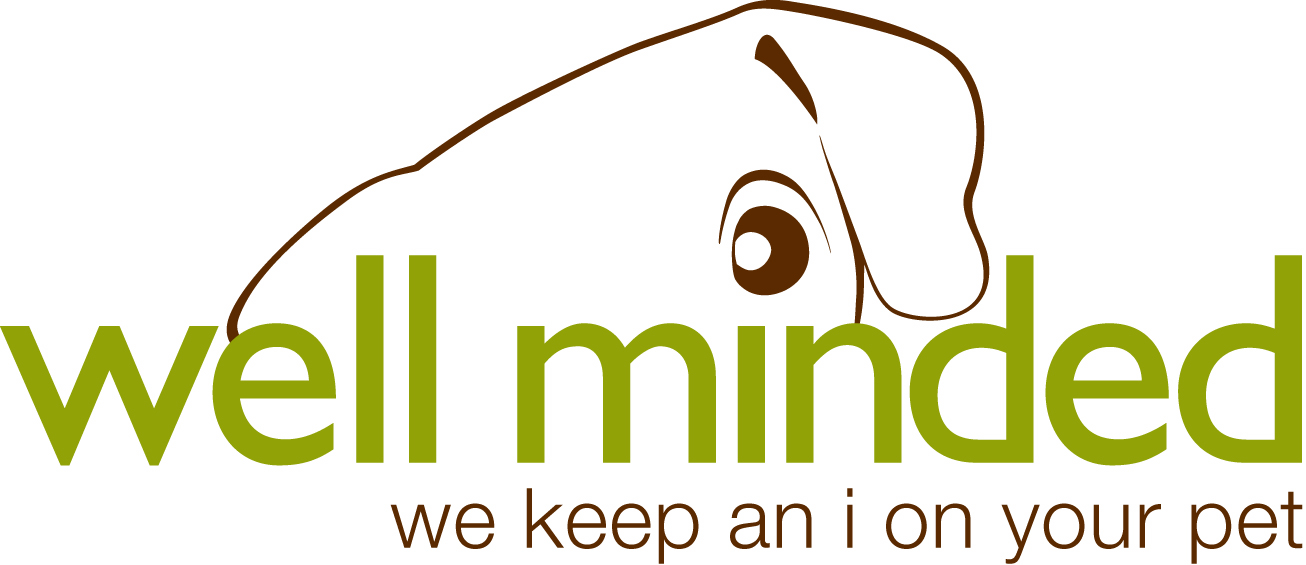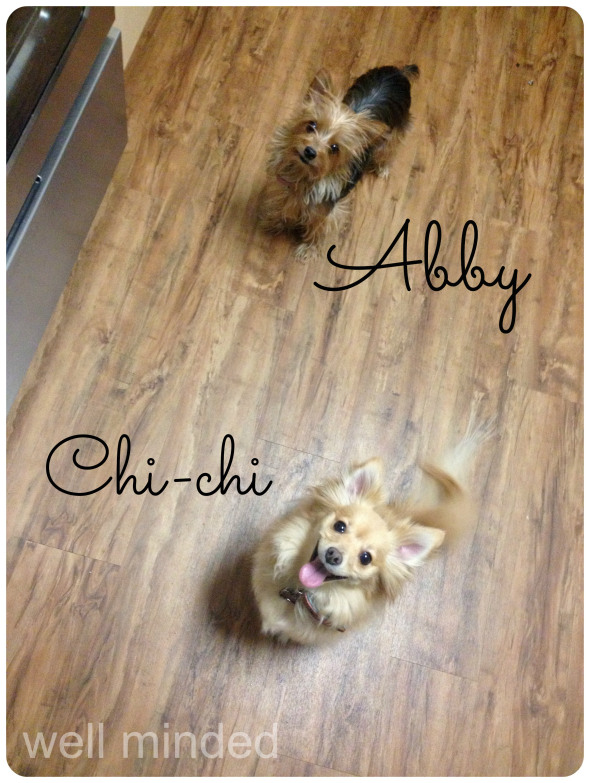Beneful presents itself as a healthy pet food in every way. The name is awesome. It screams "beneficial" and "full of all that is good." Their sub-branding often uses the word "healthy." The packaging is great, too. The design is modern and fairly clean. The white background stands out among the competition and makes us feel like the food is clean and pure, and it gives us the feeling of trust. White is good. And then, just look at all of the real, healthy food pictured on the box. If they show all of those foods on the package, they must be in there, right? The image Beneful projects is nothing but positive, and it works. It sells.
Beneful makes all sorts of food and treats for both dogs and cats, but let's take a peek at Beneful's Healthy Fiesta dog food as an example. Here is the ingredient list, which I pulled from Beneful's Web site:
Ground yellow corn, chicken by-product meal, corn gluten meal, whole wheat flour, animal fat preserved with mixed-tocopherols (form of Vitamin E), chicken, soy flour, rice flour, water, propylene glycol, sugar, tricalcium phosphate, salt, phosphoric acid, animal digest, calcium phosphate, potassium chloride, dried carrots, sorbic acid (a preservative), dried tomatoes, avocado, calcium propionate (a preservative), choline chloride, L-Lysine monohydrochloride, Vitamin E supplement, zinc sulfate, Yellow 5, ferrous sulfate, Red 40, manganese sulfate, niacin, Blue 2, Vitamin A supplement, calcium carbonate, copper sulfate, Vitamin B-12 supplement, calcium pantothenate, Yellow 6, thiamine mononitrate, garlic oil, pyridoxine hydrochloride, riboflavin supplement, Vitamin D-3 supplement, menadione sodium bisulfite complex (source of Vitamin K activity), calcium iodate, folic acid, biotin, sodium selenite.
So that I don't get too far off track, let's forget about the fact that the first ingredient is "ground yellow corn." Let's focus on the dyes (I've highlighted them in bold). We have Yellow 5, Red 40, Blue 2, and Yellow 6.
Yellow 5 Also known as tartrazine or E102, this dye requires a warning label in Europe. It is commonly found in processed foods we humans consume as well as pet food, it is thought to cause neurochemical and behavior effects, including hyperactivity, aggression, and insomnia. It is also linked to asthma, allergies, thyroid tumors, lymphomas, ADHD, and chromosomal damage.
Red 40 Perhaps the most well-known artificial food dye because of it's prevalence and bad reputation, it is tainted with cancer-causing contaminants. You've probably heard a lot about it because it is linked to ADHD and hyperactivity in children.
Blue 2 Often contains cancer-causing contaminants and may contribute to abnormal cell development, especially in the brain. It is most closely linked to brain tumors. May also cause allergic reactions.
Yellow 6 Has been reported to cause allergies and is linked to hyperactivity in children. Some studies have shown that it has caused adrenal gland and kidney tumors in animals. It is also linked to skin issues, asthma, and chromosomal damage.
Beneful is definitely not the only pet food that contains artificial dyes.
Whether these dyes are dangerous and how dangerous they are is the subject of scientific research and debate. What no one argues about is the fact that artificial food dyes provide no health benefit whatsoever.
Very little research has been done about the direct affect of artificial dyes on our pets, but it is better understood than ever before that they aren't good for humans. Still, we consume them, and, still, we feed our pets food that contain them. Who benefits from shielding us from their dangers? The companies who produce these products consider the dyes a primary marketing tool in making their food more attractive to the consumer. They want to keep using them so they can sell more product.
Artificial dyes are of no benefit to our pets. So if Fido and Fluffy don't care what color their food is, aren't we better off reading the labels and choosing foods that don't contain artificial dyes? Our pets are at our mercy, so let's choose wisely for them.
This graphic is a fantastic look at some of the most common dyes used both in our food and our pets' food:











